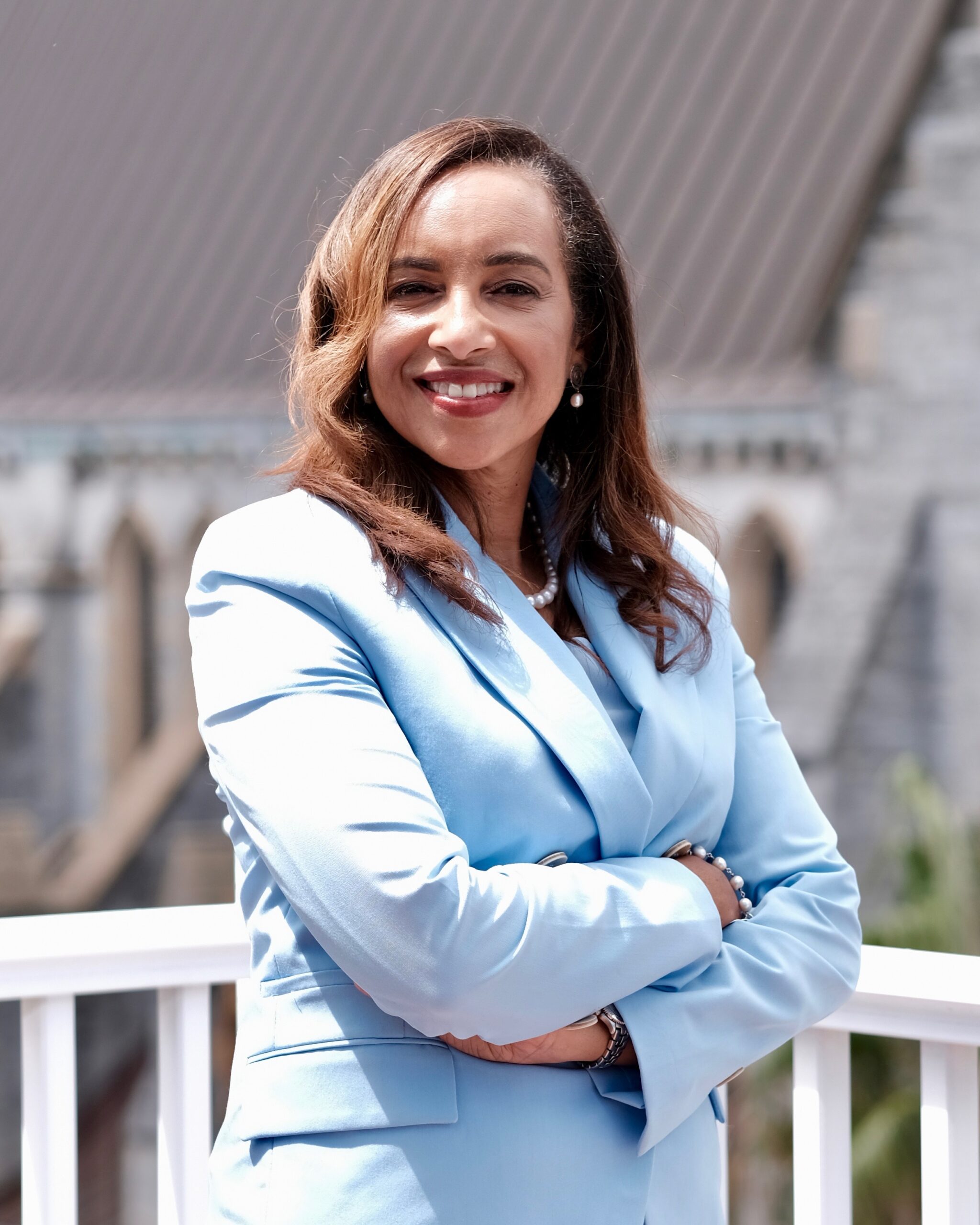Complex conundrum of managing a hybrid workforce
by Jonathan Kent
The phrase “office worker” already seems dated. For many, the pre-pandemic, daily routine of dressing formally and slogging through rush-hour traffic to the office every day has turned into a once- or twice-a-week ritual. Hybrid working models are fast becoming the new normal.
Remote working on a large scale is one of the most visible changes to our way of life to emerge from Covid-19 upheavals. For organisations, managers and workers alike, it has thrown up a wealth of challenges and opportunities.
Designing a hybrid model to meet the needs of all parties is complex, given that businesses are still coming to terms with the full implications. Crystal Clay, of Olive Branch Consulting, an executive coach and management adviser, said considerations must include productivity, engagement, accountability, flexibility, communication, organisational culture and equity — and more.

A survey of 140,000 US employees by Gallup in February this year found that 42 per cent worked partially remotely and 39 per cent worked from home all the time, while only 19 per cent were on-site full time. Around one third of workers would prefer to work from home all the time, while 59 per cent would prefer a hybrid model and only 9 per cent want to work in the office full time.
“For some, working from home represents the work-life balance that they wanted in the first place and they don’t want to lose it,” Dr Clay said. “Before the pandemic, we were going at 150mph and not spending family time together.
“Now that many people have reconnected and are spending that quality time, they’re finding that they are able to be more productive.”
Dr Clay has worked with executives and employees and sees the remote-work issues from both sides. She understands the appeal of a hybrid solution.
Benefits that Dr Clay highlighted include hours of saved time, through avoidance of commutes at each end of the day and getting ready, as well as the mental health boost of shelter from toxic behaviours in the workplace. The Gallup survey found engagement was highest for those who are hybrid or fully remote, while burnout is highest for fully on-site workers.
Remote working’s disadvantages include potential negative impacts of social isolation; dropping off the “talent radar” through lack of visibility in the office; blurred boundaries between personal and work life; and missing out on the impromptu “watercooler conversations”, so running the risk of being out of the loop.
“Employers are making long-term plans for what their future offices and work-weeks will look like,” Dr Clay said. “Clear hybrid policies are critical. Employees must be informed of why decisions were made and feedback should be solicited.”
Perception of fairness is essential. Workers whose jobs require them to be in the office may feel hard done by. Dr Clay urges: “Review perks, benefits and hybrid policies for equity and inclusion. Include surveys and focus groups to understand who’s taking advantage of what perks, and why. Consider who’s being left out.”
Many managers may need to measure performance differently. “Traditionally, ‘presenteeism’ has been a gauge of productivity,” Dr Clay said. “If I see you at a desk and you look busy, you’re being productive. If I can’t see you, you’re not being productive — of course, that is sometimes not the case.”
She added: “Performance excellence is built on trust and relationships — not increased monitoring — and accountability based on brave, honest feedback. Great managers generate trust through relationships; they unlock intrinsic motivation that drives productivity to new levels.”
Dr Clay recommends reviewing performance management systems to focus on results, training managers to be developmental performance coaches and holding lunch-and-learns and townhall meetings to keep employees abreast of information they need to know from inside their organisation and their industry.
Organisational culture is more difficult to build and maintain, when teams spend much of their time apart. To rise to the challenge, Dr Clay said leaders must consider a vigilant onboarding process for new recruits and be more intentional in their communication.
“What may have happened organically (face-to-face) now has to be built more purposefully,” Dr Clay said. “Interactions with one another have to be to be intentional. The challenge is to create a flexible work arrangement that fosters the company’s unique culture, supports effective team collaboration, while enabling people to build meaningful relationships.”
The approach to solving the hybrid model conundrum requires broad perspective. “It’s important to view it through different lenses,” Dr Clay said. “It’s about team-building and how teams work together; looking at it from the viewpoints of the organisation, an employee, a leader; and thinking about the culture. It’s about all those things wrapped together.”

